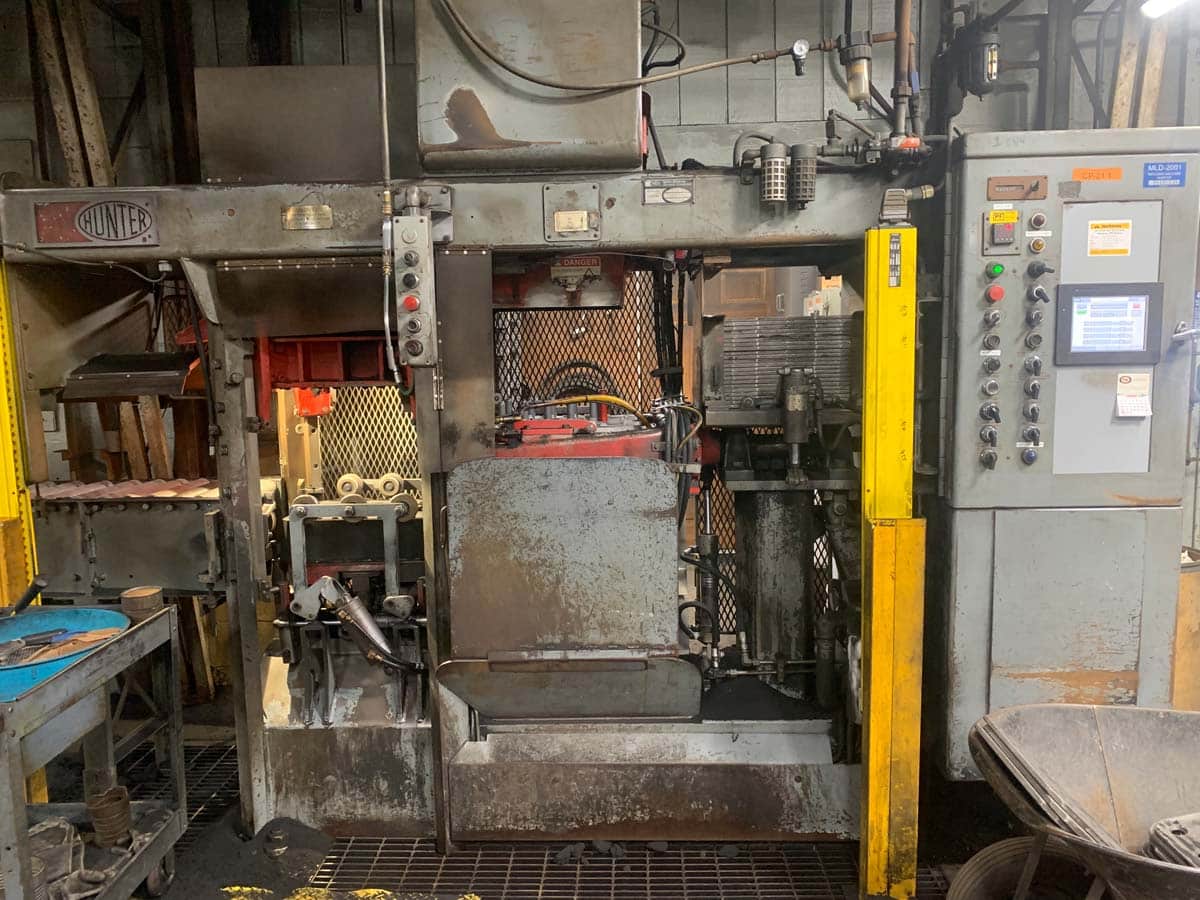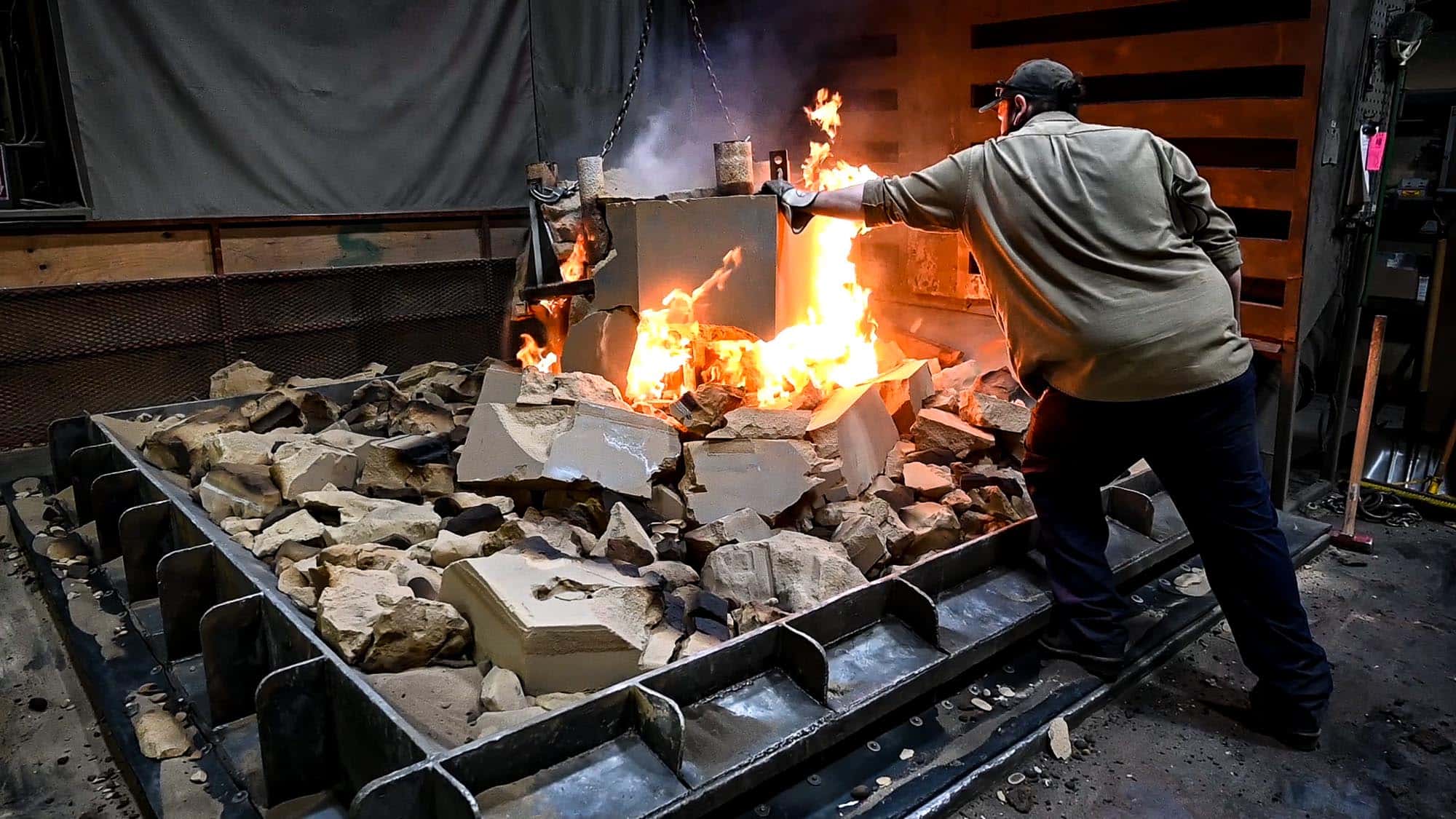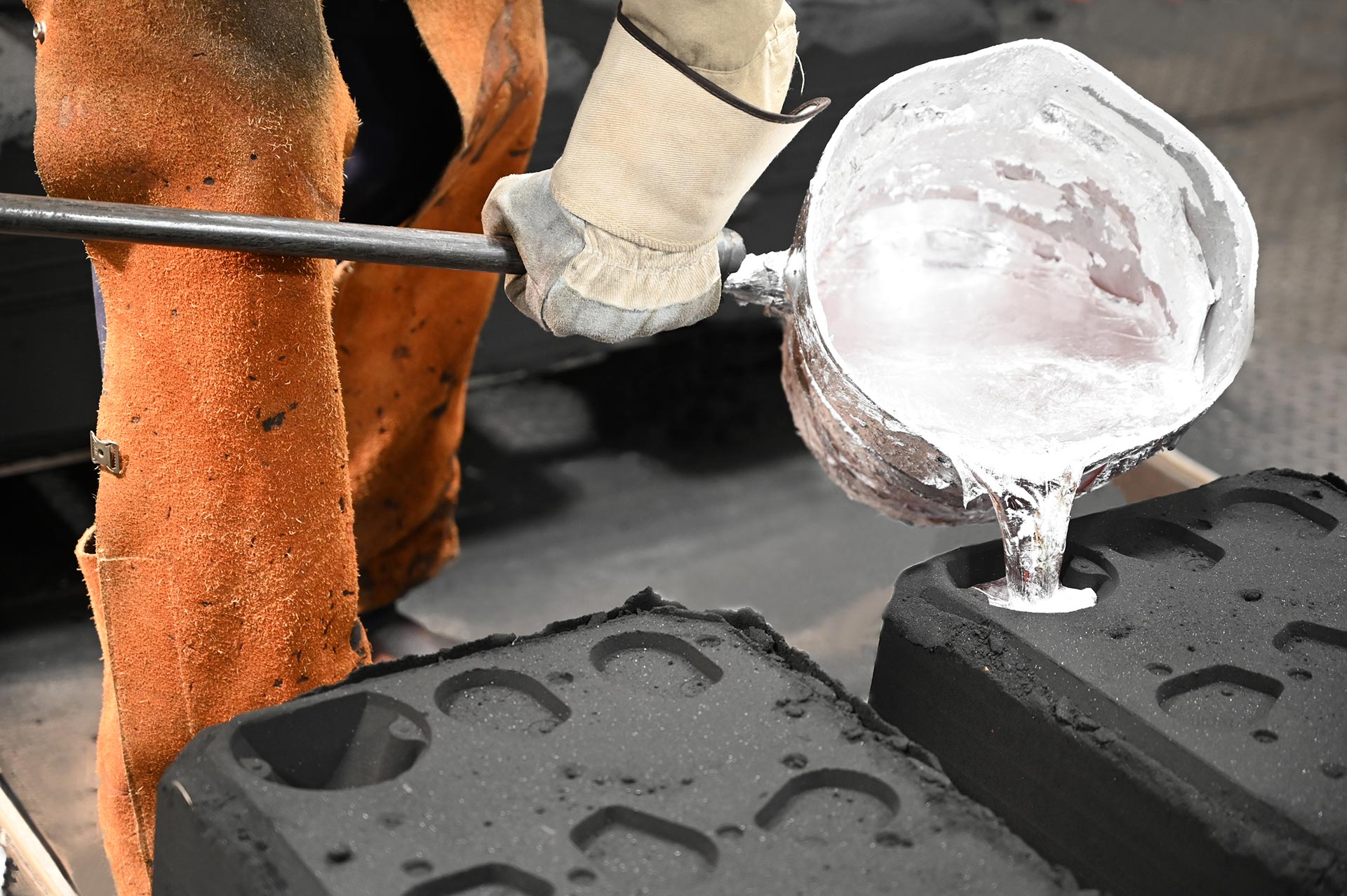Aluminum Casting
Processes, Benefits, and Applications
Aluminum casting is a cornerstone of modern manufacturing, crucial to industries such as automotive, aerospace, and construction. As the demand for lightweight, strong materials increases, aluminum casting has become a preferred method for creating complex components at high volumes. This guide delves into the world of aluminum casting, exploring various processes, their benefits, and key applications.
What is Aluminum Casting?
Aluminum casting is the process of pouring molten aluminum into a mold to create a desired shape. This method, which has been utilized for centuries, allows for the production of parts both large and small, many of which are essential in everyday products. The ability to create intricate geometries at relatively low costs makes aluminum casting widely used across numerous industries.
Why Aluminum?
Aluminum is the third most abundant element in the Earth’s crust and the most commonly used non-ferrous metal. Its popularity is driven by several key properties:
Lightweight:
Aluminum is about one-third the weight of steel, making it ideal for industries where reducing weight is critical, such as automotive and aerospace.
Corrosion Resistance:
A natural oxide layer makes aluminum highly resistant to corrosion. Recyclability: Aluminum can be recycled without losing its original properties, making it an environmentally friendly material.
Conductivity:
Aluminum’s high thermal and electrical conductivity makes it valuable in heat exchangers and electrical systems.
Non-Toxicity:
Its non-toxic nature makes aluminum suitable for applications in food and beverage containers.
Types of Aluminum Casting Processes
Several aluminum casting methods have been developed to accommodate the diverse needs of various industries. Each method has unique advantages and limitations, making it important to select the appropriate process based on factors like part complexity, volume, and desired material properties.
Sand Casting
Sand casting is one of the oldest and most flexible casting methods. A sand mold is created around a pattern, and molten aluminum is poured into the cavity. After cooling, the part is removed by breaking the mold.
Pros of Sand Casting
– Cost-effective for low-volume production.
– Flexibility for large and intricate parts.
Cons of Sand Casting
– Rough surface finish, requiring post-machining.
– Slow production times.
Die-Casting
Die casting forces molten aluminum into a reusable metal mold, or “die,” under high pressure, producing parts with excellent dimensional accuracy and surface finish.
Pros of Die-Casting
– High precision and repeatability.
– Fast production rates and minimal waste.
Cons of Die Casting
– High initial tooling costs, making it less suitable for small production runs.
– Limited to smaller components.
Investment Casting
Also called lost-wax casting, investment casting creates a wax model of the component. This model is coated in ceramic, and after the ceramic hardens, the wax is melted away to form a mold for molten aluminum.
Pros of Investment Casting
– Excellent for complex, detailed parts.
– Produces a smooth, accurate surface finish.
Cons of Investment Casting
– Higher costs due to multiple production steps.
– Slower process compared to other methods.
Permanent Mold Casting
In permanent mold casting, molten aluminum is poured into reusable metal molds. Gravity typically drives the flow of the molten metal, rather than high pressure.
Pros of Permanent Mold Casting
– Durable molds reduce long-term costs.
– Produces denser, stronger parts due to slow cooling.
Cons of Permanent Mold Casting
– Limited to simpler geometries.
– Higher upfront mold costs.

Benefits of Aluminum Casting
Aluminum casting offers numerous advantages that make it a go-to method for manufacturers.
Cost-Effectiveness of Aluminum Casting
Aluminum casting can be more affordable than other metal-forming techniques, particularly for medium to high production volumes. Die casting, in particular, allows for rapid production with minimal waste.
Versatility of Aluminum Casting
From low-volume sand casting to high-precision die casting, aluminum casting processes cover a broad range of needs. Manufacturers can choose the most suitable method based on part complexity and production volume.
The Strength of Aluminum
Aluminum’s strength-to-weight ratio makes it perfect for applications that demand durability without excessive weight, such as automotive and aerospace components.
Corrosion Resistance
Aluminum’s natural ability to resist corrosion makes it suitable for parts exposed to harsh environments, such as marine and industrial equipment.
Design Flexibility
Aluminum casting allows for intricate and complex shapes that are difficult or impossible to achieve with other processes. This flexibility in design leads to more efficient components.

Common Applications of Aluminum Casting
Aluminum casting is employed in a wide range of industries due to its versatility and beneficial properties.
Aluminum in the Automotive Industry
Automakers use aluminum casting to create lightweight components such as engine blocks, transmission housings, and wheels. These parts help improve fuel efficiency and vehicle performance.
Aluminum in the Aerospace Industry
The aerospace industry relies on aluminum casting for its lightweight yet strong structural parts. Precision components such as turbine blades and aircraft parts are often die-cast for their accuracy.
Aluminum in Construction
Aluminum casting is used in construction for building facades, structural elements, and architectural details. Its corrosion resistance and aesthetic appeal are key reasons for its popularity.
Aluminum in Electronics
In consumer electronics, aluminum casting provides lightweight, durable parts with excellent heat dissipation, such as smartphone frames and laptop housings.
Aluminum Medical Equipment
The medical field benefits from aluminum’s non-toxicity and strength. Cast aluminum parts are used in medical devices, surgical tools, and diagnostic equipment.
Key Considerations in Aluminum Casting
To ensure successful production, several factors must be considered when selecting an aluminum casting method:
Volume Requirements
For large production runs, die casting is often the most efficient due to its fast cycle times. For lower volumes or custom parts, sand or investment casting may be a better choice.
Component Complexity
More intricate parts may require investment casting, while simpler designs can be produced through sand or permanent mold casting.
Material Properties
Different casting methods affect the mechanical properties of aluminum parts. Permanent mold casting, for example, results in denser, stronger parts, while die casting offers high precision.
Cost
Initial tooling costs vary widely. While die casting requires a significant investment in tooling, sand casting has much lower initial costs, although its production rates are slower.
Innovations in Aluminum Casting
Technological advancements are reshaping the aluminum casting industry, making processes more efficient and expanding their capabilities.
3D Printing and Casting Aluminum
Additive manufacturing, or 3D printing, is revolutionizing mold-making and prototyping in aluminum casting. This integration reduces lead times and costs, especially for custom or low-volume production runs.
Advanced Alloys
New aluminum alloys are being developed to enhance the strength, heat resistance, and corrosion resistance of cast parts, making them suitable for more extreme environments.
Sustainability
As the world moves toward sustainability, aluminum casting is evolving to reduce its environmental impact. Aluminum is highly recyclable, and the industry is focusing on improving recycling efficiency and reducing energy consumption in casting processes.
Aluminum Casting
Aluminum casting continues to be a vital manufacturing process, offering unmatched versatility, strength, and cost-efficiency. Understanding the various casting methods and their applications allows manufacturers to choose the right process for their needs. With innovations in technology and materials, aluminum casting remains a dynamic and growing industry, supporting key sectors like automotive, aerospace, and consumer electronics.

